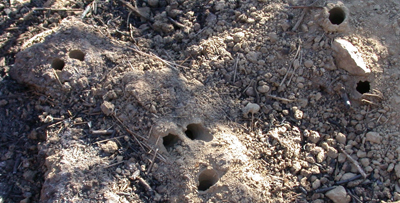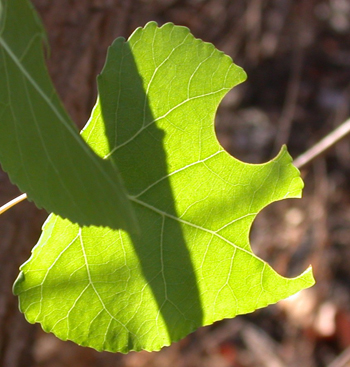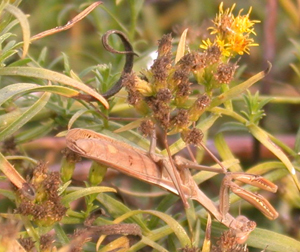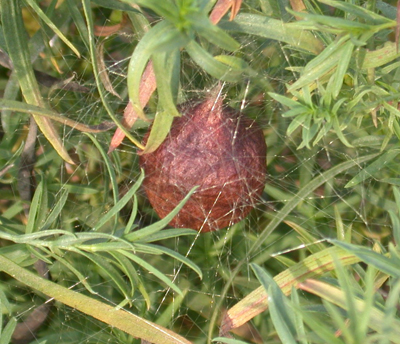 |
|||||||||||||||||
|
|||||||||||||||||
MAMMALS / REPTILES / AMPHIBIANS / ARTHROPODS OF THE SEPULVEDA BASIN WILDLIFE RESERVE |
|||||||||||||||||
|
Click HERE for a link to the Sepulveda Dam Biodiversity Project (Reptiles,
Amphibians, and Mammals) |
|||||||||||||||||
The Wildlife Reserve does not have a diverse population of non-flying animals. When the Reserve was converted from agriculture, one area at a time, initially there were no animals except for birds and some lizards that were already living on the rocky dam interior face. It is likely that common Valley mammals such as coyote, opossum, ground squirrels, cottontail rabbits, rats, feral cats and maybe raccoons are present in the Reserve. Gopher snakes have been seen, and one or two rattlesnakes have been reported. Bullfrogs can be heard in the Wildlife Lake, treefrogs are found by the pothole pond, and one environmental document listed the California red-legged frog. There has never been a census of insects, but after over twenty years there are a variety of beetles, true bugs, grasshoppers, praying mantids, butterflies, bees, wasps, dragonflies, damselflies and other insects. |
||
Coyote (Canis latrans) Audubon’s cottontail (Sylvilagus audubonii) California ground squirrel (Citellus beecheyi) Roof rat (Rattus rattus) Botta’s pocket gopher (Thomomys bottae) Virginia Opossum (Didelphis marsupialis) Racoon (Procyon lotor) |
||
Amphibians |
||
California red-legged frog (Rana aurora draytoni) Bullfrog (Rana catesbeiana) Treefrog (Hyla sp.) |
||
Reptiles |
||
Western pond turtle (Clemmys marmorata) Western fence lizard (Sceloporus occidentalis) Side-blotched lizard (Uta stansburiana) Striped garter snake (Thamnophis sp.) Striped racer snake (?) San Diego gopher snake (Pituophis catenifer annectens) |
||
Fish |
||
Large mouth bass (Micropterus salmoides floridanus)
Bluegill (Lepomis macrochirus) Channel catfish (Ictalurus punctatus) Brown bullhead (Ameiurus nebulosus) Mosquito fish (Gambusia affinis) Mozambique tilapia (Oreochromis mossambicus) Carp (Cyprinus carpio) Arroyo chub (Gila orcutti) Arroyo chub are considered scarce within their native range, because they prefer lower gradient streams that have largely disappeared. The majority of the arroyo chub population occurs within areas of large human populations associated with the Los Angeles metropolitan area, and consequently should be monitored closely. Suckermouth catfish (Hypostomus plecostomus)
According to Donovan P. German, PhD (UC Irvine):
Hypostomus plecostomus is a single species, the name of which has been
used for several loricariid catfish (suckermouth armored catfish)
species sold in the aquarium trade. In fact, the common name “pleco” is
simply a shortening of the species name H. plecostomus. However, most of
the armored catfish people buy at pet or aquarium stores (including
Petco or Petsmart) and subsequently release into the wild are actually
in the genus Pterygoplichthys. At least four species in the genus
Pterygoplichthys (plus their hybrids) are highly invasive in Hawaii,
Florida, Texas, and at least nine other countries outside of South
America, their native range (Nico et al. 2009a). For more information on
the extent of their invasion, go to www.plecoinvasion.org. An important
point is that these fish can cause significant changes when introduced
to a new ecosystem and pose a serious threat to native species (Nico et
al. 2009ab).
Camm Swift, who collected Pterygoplichthys in the Sepulveda Wildlife Lake in 2005-2006, said that the fish had made it into the LA River basin and were not just confined to the Sepulveda Wildlife Area. Moreover, he said they were in the Tillman Wastewater effluent ponds, which are 22-24°C year round, allowing the fish to survive through the winters in southern California (which are considerably colder than temperatures experienced by the fish in their native range). A similar phenomenon is seen in Florida, where Pterygoplichthys will take refuge in spring habitats, which also have a relatively consistent year-round temperature of 22°C (Nico et al. 2009a; Nico et al. 2009b). Nico L. G., Jelks H. L., Tuten T. (2009a) Non-native suckermouth armored catfishes in Florida: description of nest burrows and burrow colonies with assessment of shoreline conditions. Aquatic Nuisance Species Research Program Bulletin, 09-1, 1-30. Nico L. G., Loftus W. F., Reid J. P. (2009b) Interactions between non-native armored suckermouth catfish (Loricariidae: Pterygoplichthys) and native Florida manatee (Trichechus manatus latirostris) in artesian springs. Aquatic Invasions, 4, 511-519. |
||
Invertebrates |
||
There are number of different kinds of
snails found in the Wildlife Reserve. But recently we have discovered the Channeled Apple Snail which is a non-native invasive mollusc that lays pink eggs. If you see these eggs squash them. Here is a LINK to a notice posted by the California Department of Fish and Wildlife Below, Channeled apple snail laying an egg mass, which typically contains between 200 – 600 bright pink eggs. Photo by Katasha Cornwell, Florida Department of Transportation. 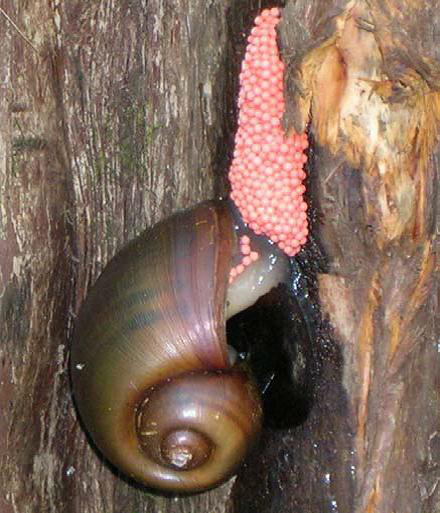 |
||
Arthropods |
||
A variety of arthropods (insects, spiders, etc.) can now be observed in the Wildlife Reserve. It wasn’t always this way, as there was very little native vegetation for the first few years after the native plants were put in the ground. Since it is a Reserve, insect collecting is not allowed (without a permit). In addition to insects and spiders, crayfish are known from the Los Angeles River, but it is unknown if they have moved into Haskell Creek. |
||

